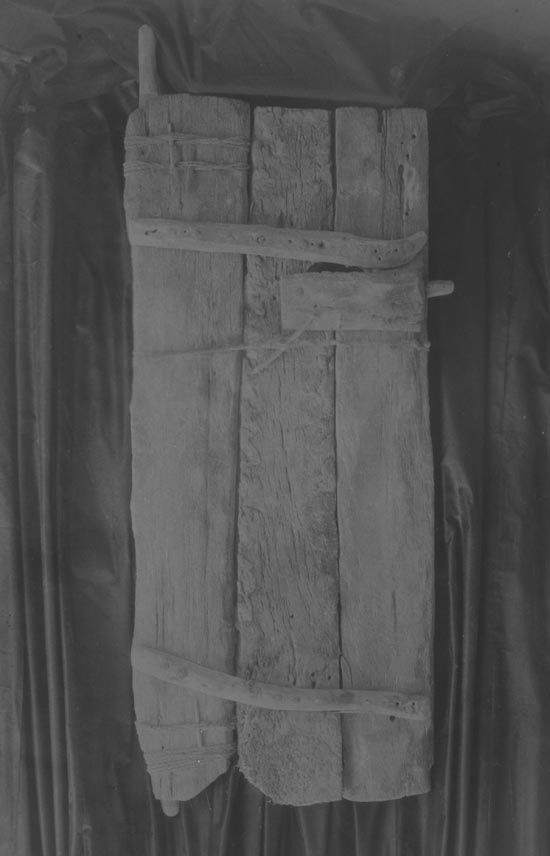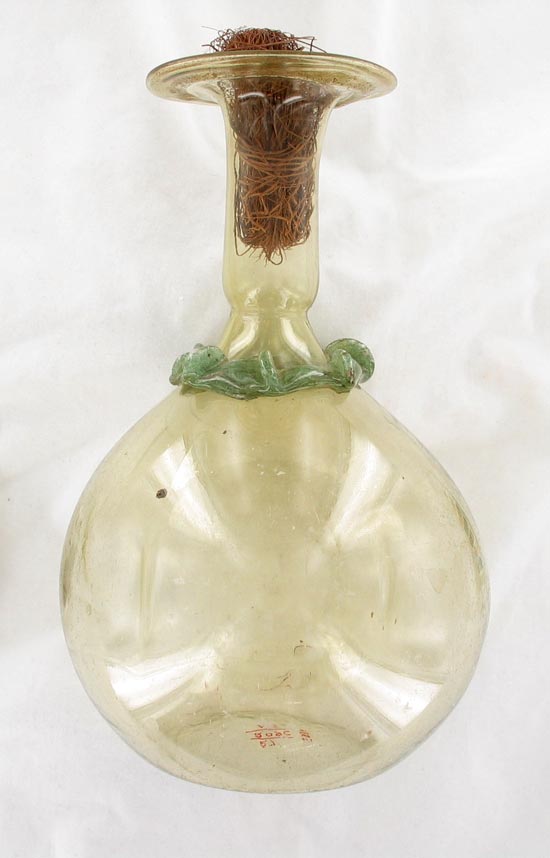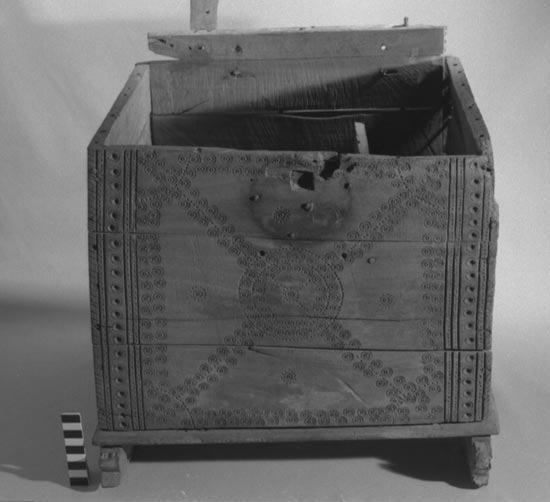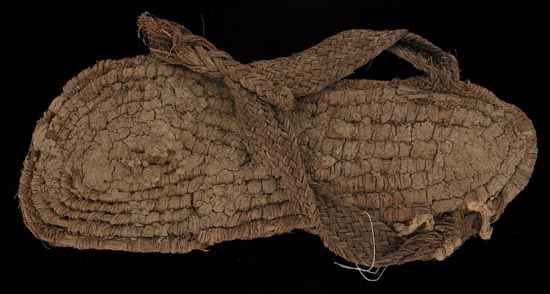KARANIS DAILY LIFE
More Collections
F. W. Kelsey first became interested in Karanis because of the many papyrus documents found there. American and European scholars were eager to collect and study such documents—tax registers, contracts, letters, etc.—for the insight into the ancient government and economy they offered. Kelsey himself was no exception, so in 1920 he traveled to Egypt to search for papyri on behalf of the University of Michigan. Upon visiting Karanis, Kelsey's interest in the people who used papyri grew. He began to see the site as a rich source of information about the lives of common people in ancient Egypt, a subject sometimes overlooked by scholars of his day. He hoped that Karanis would supply evidence for how ordinary people lived, worked, and worshiped in Graeco-Roman Egypt, and he set about convincing the Egyptian government, the University of Michigan, and private donors to support scientific excavation at the site.
Kelsey had judged Karanis well; despite damage to the site by local diggers, the streets and buildings in Karanis yielded an impressive array of artifacts of daily life, from tools and toys to food scraps and wall paintings. Nearly 45,000 objects from Karanis would come to form the core of the collection of the Kelsey Museum, where they still provide some of the best available evidence for village life in Graeco-Roman Egypt.
Jenny Kreiger
-

Door with lock Wood, palm fiber (mounted with modern hardware)Roman Period (1st–4th century AD) Karanis, Egypt. UM Excavations 1924–1935. KM 8151
-

Flask with stopper Glass, reedRoman Period (1st–4th century AD) Karanis, Egypt. UM Excavations 1924–1935. KM 5936
-

Paneled door Wood (mounted in modern frame)Roman Period (1st–4th century AD) Karanis, Egypt. UM Excavations 1924–1935. KM 24892
Click on the picture to see more details
-

Storage box WoodRoman Period (1st–4th century AD) Karanis, Egypt. UM Excavations 1924–1935. KM 24932a-b
-

Sandal Palm fiberRoman Period (1st–4th century AD) Karanis, Egypt. UM Excavations 1924–1935. KM 10843
-

Ear spoon Bronze Roman Period Karanis, Egypt. UM Excavations 1924–1935. KM 21391